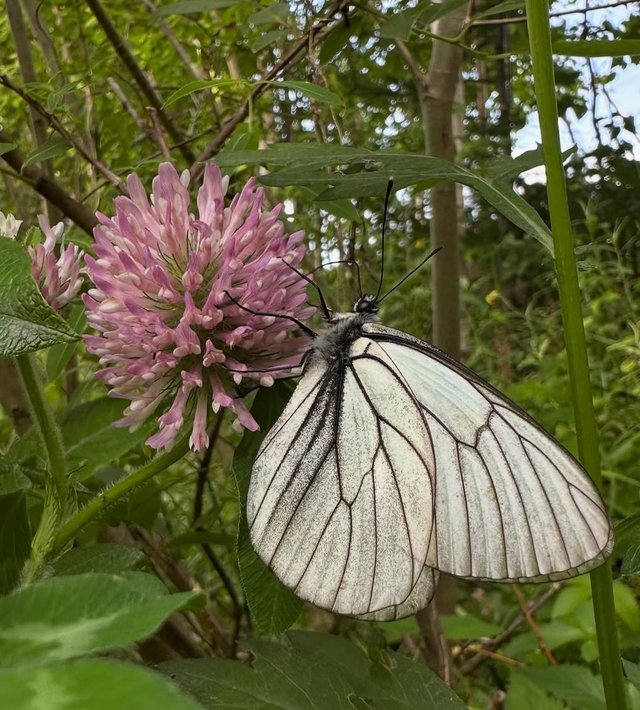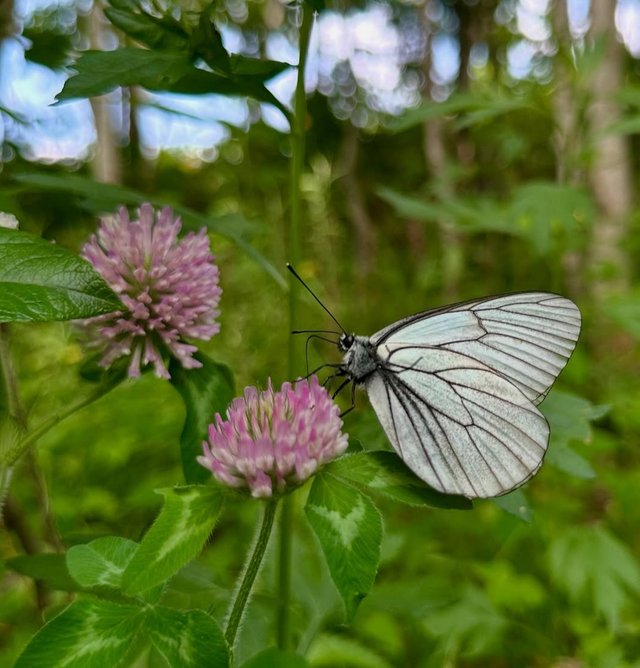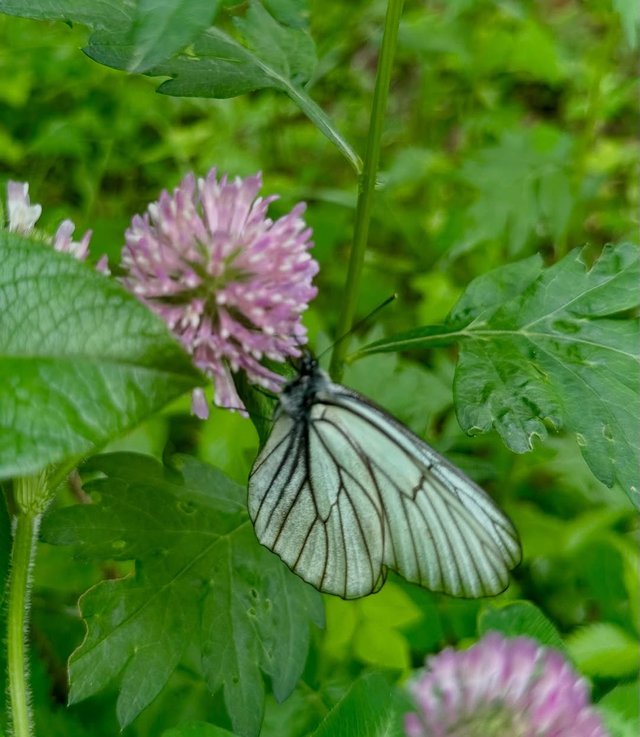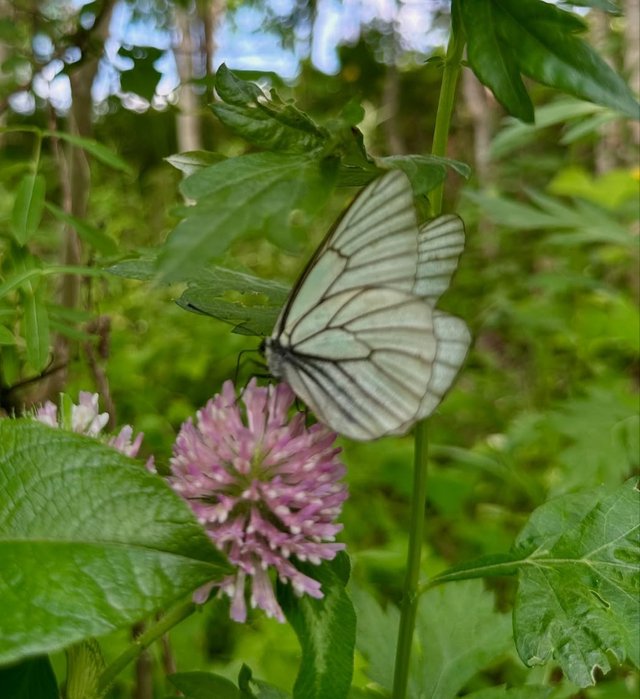So Cute Pine White Dragonfly
Pine White: A Delicate Butterfly of the Coniferous Forests
The Pine White is a graceful butterfly belonging to the family Pieridae, commonly known as the whites and sulfurs. As its name suggests, this butterfly is most often associated with pine and other coniferous forests of western North America. With its striking appearance and unique life cycle, the Pine White is a notable example of how specialized many insect species are to their environment.
Habitat and Distribution
The Pine White is found primarily in the western regions of North America, from British Columbia and Alberta in Canada down through the western United States, including Washington, Oregon, California, Montana, Idaho, and Colorado. Its preferred habitat includes montane and subalpine coniferous forests, especially areas dominated by pine, fir, spruce, and Douglas-fir trees.
Unlike many butterflies that favor open meadows or flower-rich gardens, the Pine White thrives in the dappled light of evergreen forests, often seen fluttering high among the tree canopies. It may also descend to sunlit clearings or forest edges, where it can be more easily observed.
Physical Description
The Pine White exhibits a clean and elegant appearance. Key characteristics include:
Wingspan: Typically ranges from 4 to 6 cm.
Coloration: The upper side of the wings is white with distinct black markings along the veins and edges. The forewings have bold black borders and patterns, while the hindwings are generally cleaner, with lighter veining.
Sexual Dimorphism: Males and females can be distinguished by slight differences in the intensity of black markings. Females often have more extensive dark patterns, while males tend to be paler.
This butterfly's coloration helps it blend into the light-filtered canopy of pine forests, providing some camouflage against predators such as birds.
Life Cycle and Behavior
The Pine White has one generation per year in most of its range, although local climate and elevation can affect the timing. The life stages include:
Egg
Females lay tiny green eggs singly or in small groups on the needles or twigs of coniferous trees, especially Ponderosa pine, lodgepole pine, Douglas-fir, and spruce.




%20(7).jpeg)